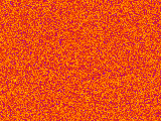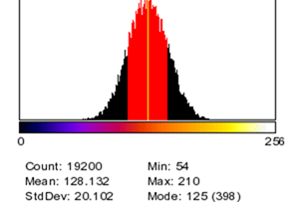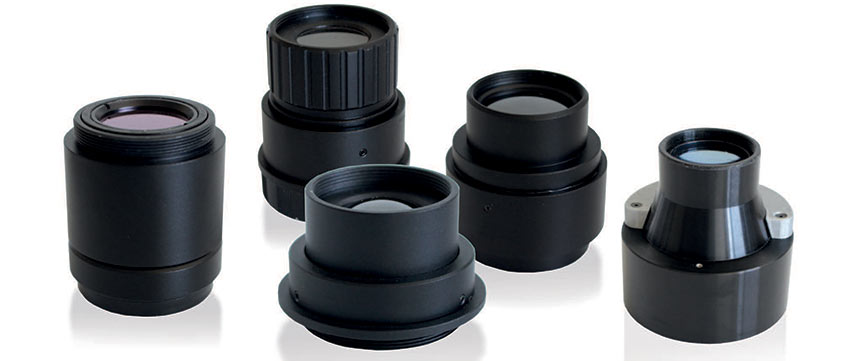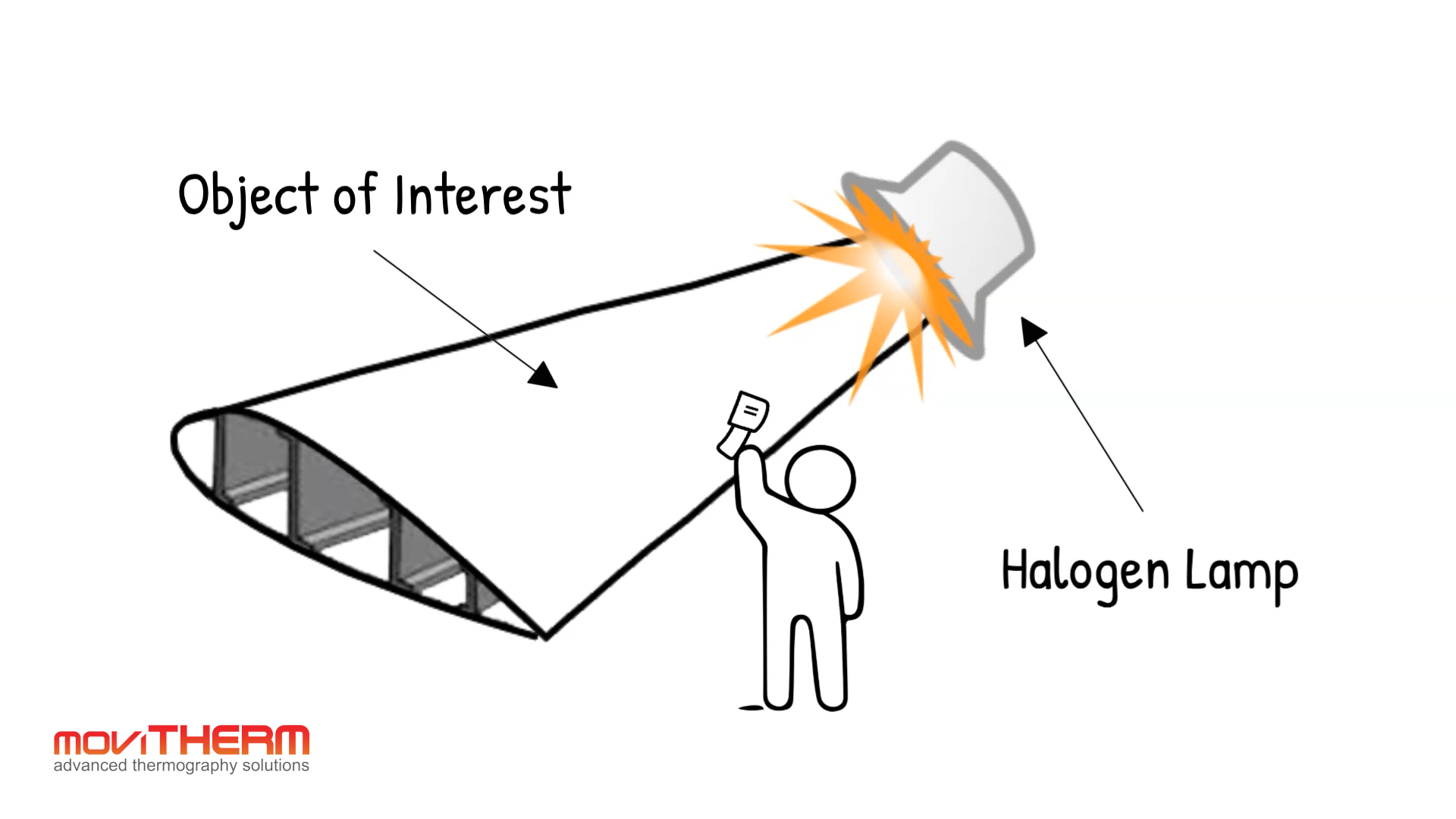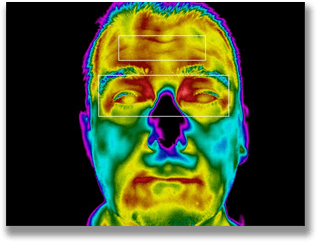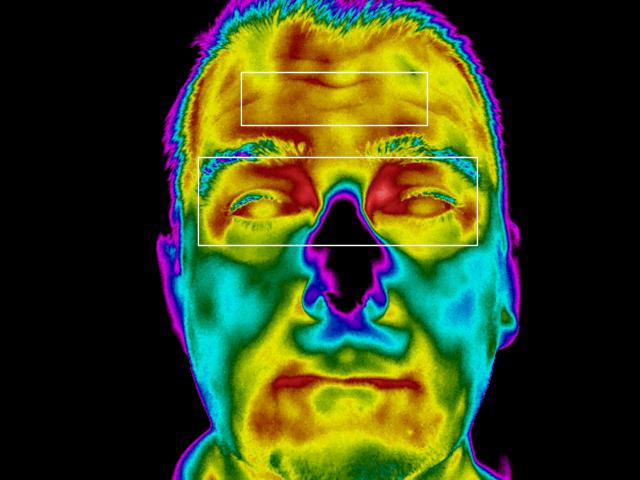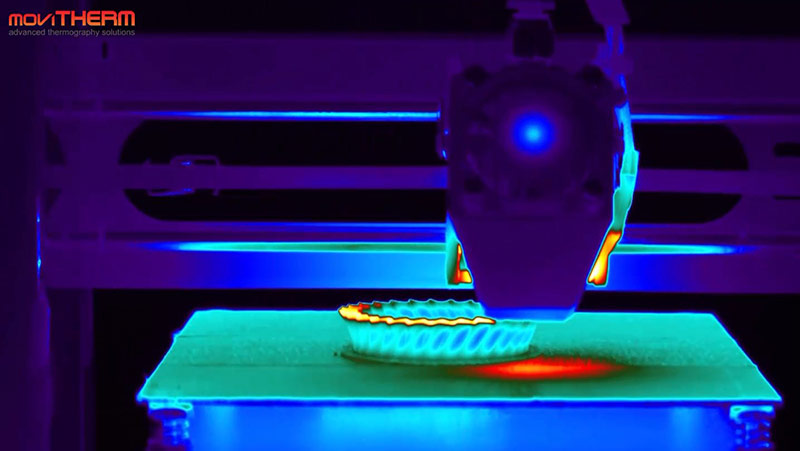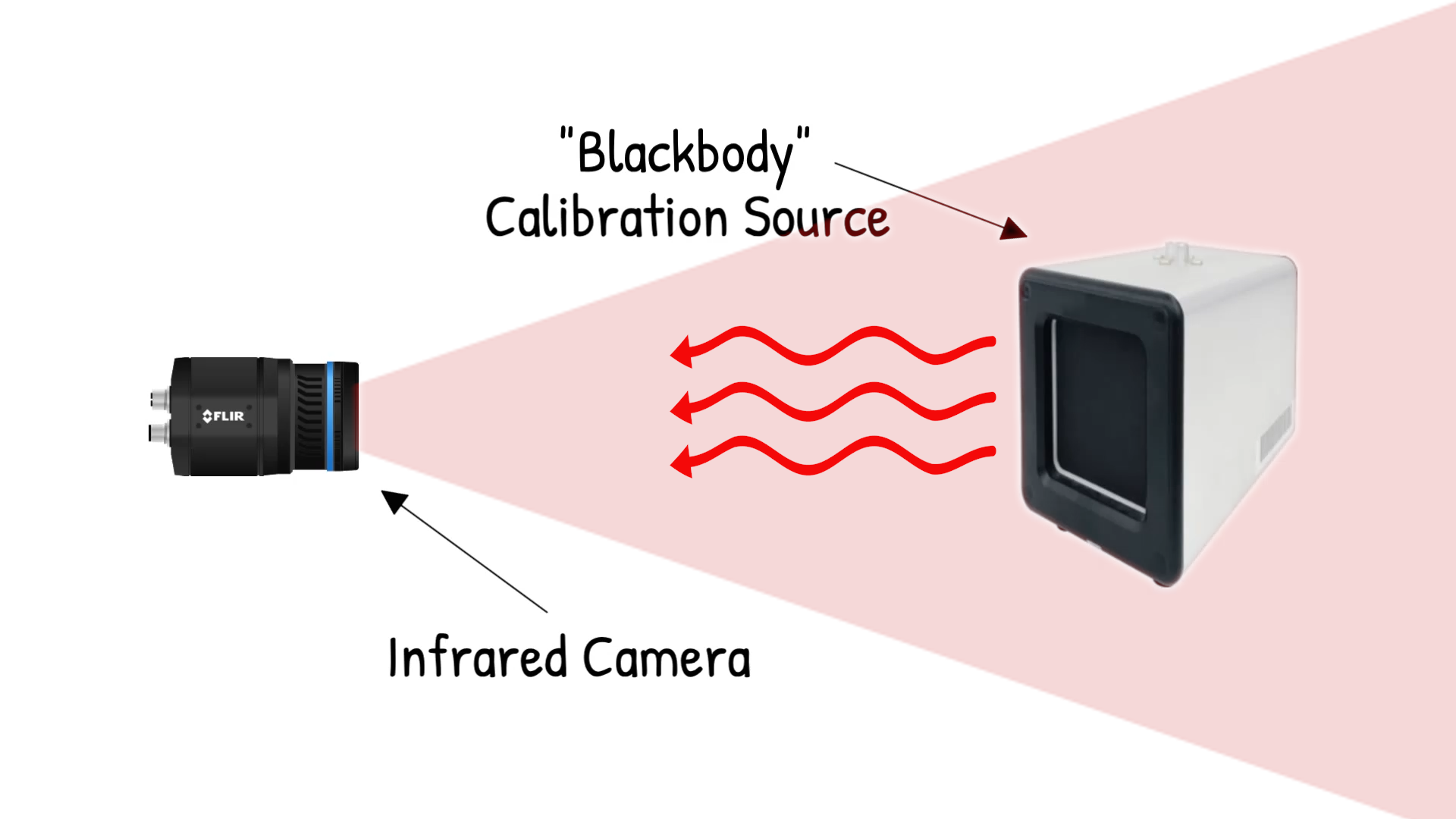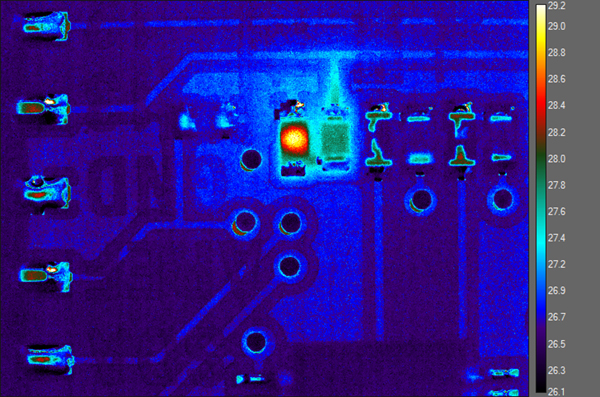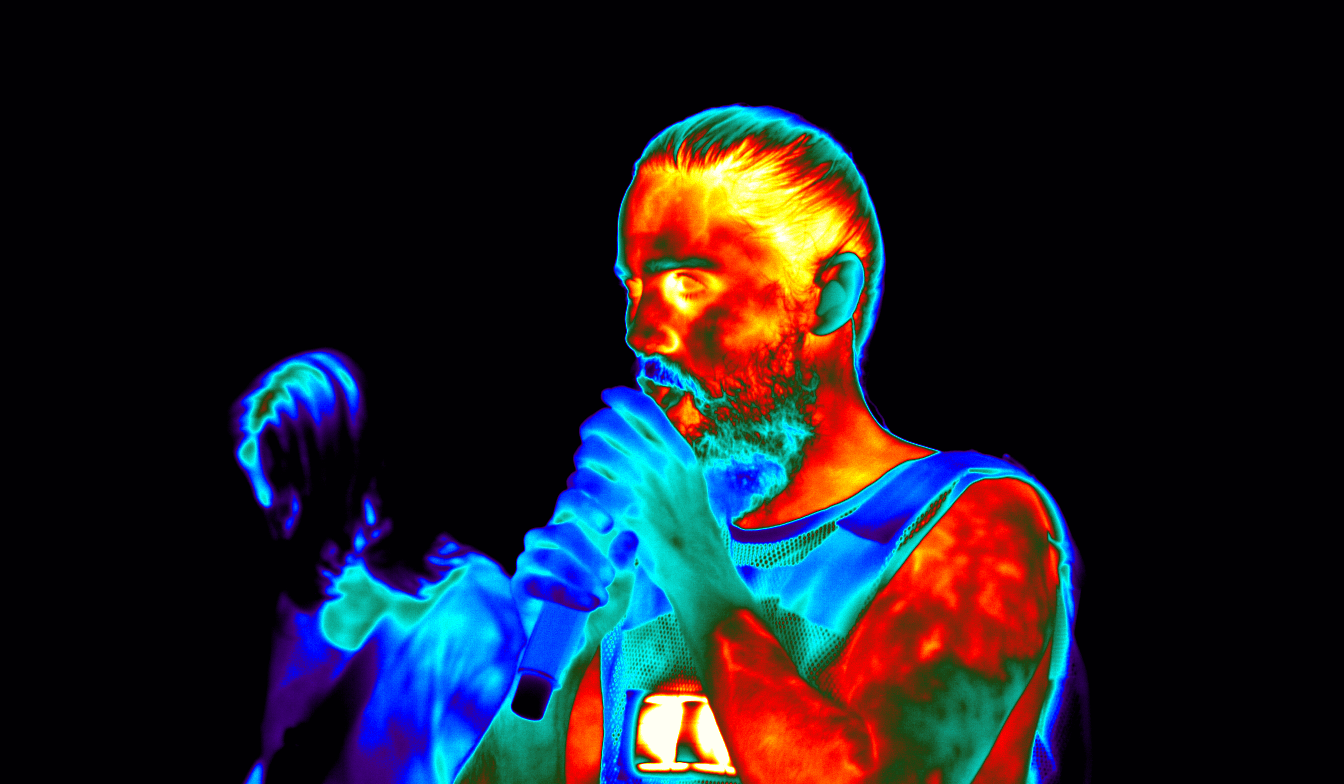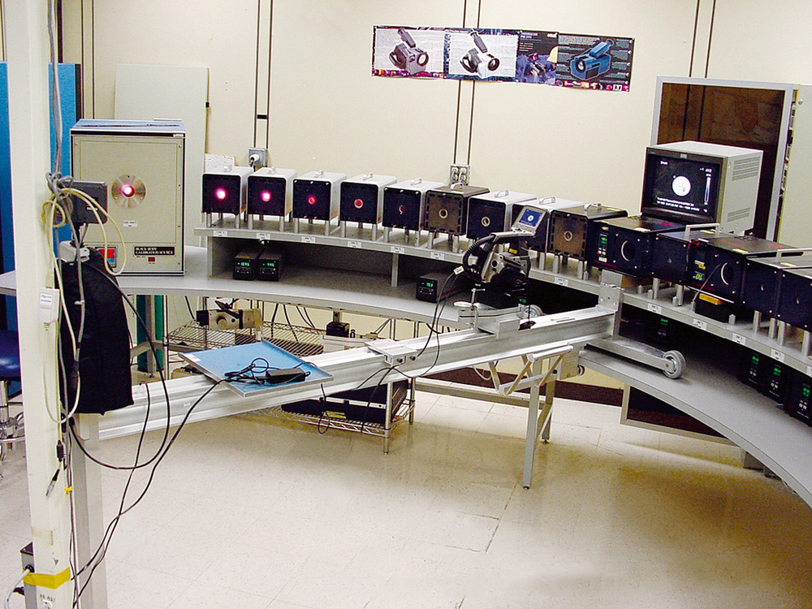NETD in a Thermal Camera
NETD explained
You may come across the expression or specification of “NETD” when you look at the technical details of a thermal camera. The expression stands for “Noise Equivalent Temperature Difference”. It is a measure for how well a thermal imaging detector is able to distinguish between very small differences in thermal radiation in the image. NETD is typically being expressed in milli-Kelvin (mK). It is also sometimes referred to as “Thermal Contrast”. When the noise is equivalent to the smallest measurable temperature difference, the detector has reached its limit of its ability to resolve a useful thermal signal. The more noise there is, the higher the NETD value of the detector.
Typical values for uncooled, micro-bolometer detector thermal cameras are on the order of 45 mK. Scientific cameras with photon based and cryogenically cooled detectors can achieve NETD values of about 18 mK. The noise measurement value should be specified at a particular object temperature, as this impacts the measurement. Example: NETD @ 30C : 60 mK
How is NETD being measured?
In order to measure the noise equivalent temperature difference of a detector, the camera must be pointed at a temperature controlled black body. The black body needs to stabilize before starting the measurement. The noise equivalent temperature difference is then being measured at a specific temperature. It is not a single snapshot measurement, but rather a temporal measurement of noise.
The image on the left shows a noisy thermal image that the camera produces when looking at a very uniform black body during the measurement. The image on the right shows a histogram of all pixel values taken from several images over time. It is a temporal distribution of noise at that temperature. The NETD value is the standard deviation of that histogram (STDEV) converted into mK.
How does NETD affect the measurement?
The images below show the same scene recorded by two different cameras. One camera has an NETD of 60 mK and the second has value of 80 mK. The areas in the image with very low temperature show significantly more noise in the image taken with the 80 mK camera. 20 mK difference doesn’t seem like much, but it has a potentially huge impact on the image quality and measurement accuracy.
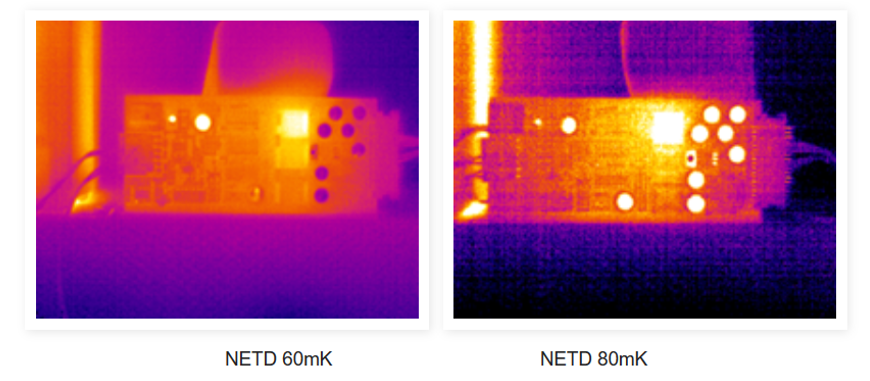
What affects NETD?
Several factors can affect NETD. Thermal cameras sometimes come with more than one calibrated temperature measurement range. The noise reading can vary based on the selected range and also the object temperature. As long as there is significant thermal contrast in the image and the temperature of interest is a lot higher than the background temperature, then this won’t affect the measurement accuracy much. The noise level can also be affected by the detector and/or camera temperature. If the camera is exposed to a high ambient temperature, the system noise may increase. This depends on how well the camera is internally stabilized. The effects of this internal temperature drift can be observed in between non-uniformity calibrations or ‘NUCs’, which can be several minutes apart. Another variable that can affect NETD is the #f-stop of the lens. The #f-stop or aperture of the lens determines how my thermal radiation reaches the detector. Generally, a lower #f-stop will lead to a better noise value.
Do you have more questions? Are you working on an application that might benefit from thermal imaging? Let us know! Chat with us! Contact us to talk with an engineer!
About moviTHERM
moviTHERM – Advanced Thermography Solutions was founded in 1999. The company offers solutions for plastic welding, package sealing, and non-destructive testing. In addition, moviTHERM provides IoT Cloud monitoring solutions for thermal imaging applications for early fire detection, machine condition monitoring, and other applications. moviTHERM is a Teledyne Flir Premium Partner and master distributor for FLIR Thermal Cameras for automation and science applications.

